When did you learn to read and write?
Quite a frenzied week! Third deadline on the new book NDP and Infant Mental Health so conscience won’t allow it to leak anymore – besides I want this book out there – I have the whole NDP series to launch, and a couple of other titles simmering on the back burner.
The book is virtually there, but not helped by the letter S getting stuck on my computer and the letter A jumping! I suppose I should get it serviced, but then can I manage without it?
I am pleased to say that nasty symptoms have disappeared, energy is coming back, so down to one Lemsip a day, and no added sugar Ribena. Oh, the comforts of childhood, tho’ I seem to recall it was lemon-barley water!
It was also very helpful to relax to two Andre Rieu concerts on Sky Arts. I feel he really gets the right mix of classical and popular, and I like the way he encourages audience participation. It was a joy to attend one of his concerts live in Maastricht last December, and the ‘mix’ was the same. It was such a surprise for one of the professional dancers to ask me to dance in the aisle, getting the old lady on her feet!
More about that another time!
My reading has focused on new stuff that will feature in my book. Such a lovely read is Creative Rites of the Recovering Mind: Arts-Based Therapy for persons living with mental illness by Aanand Chabukswar, and published by the Schizophrenia Awareness Association, Pune and supported by the Mariwala Health Initiative, Mumbai. It describes the formation and development of arts-based therapy in India, and its specific application and growth with a group of people with mental health needs. 90% of the people who attended had a diagnosis of schizophrenia. The book shares in detail both the theory and principles of practice, contents of the workshops, as well as individual personal stories. Arts-based therapy draws its framework primarily from Buddhist psychology and ethics, supported by developmental and neuroscientific studies. It was developed by the WCCL Foundation in India. This book is a living testimony of the importance of the arts in therapy, especially in psychiatry and rehabilitation. I hope it can become available to arts therapists and play therapists, as well as other clinicians in the UK. It gives us a model that shows that the arts do not necessarily have to be divisive and separated, but can co-exist, even overlap, to enable a profound experience that can be integrated into wholeness. The section I really enjoyed is called ‘Artistic is Joyous’, which reminds us to be playful. As the author points out, it is also meaningful, and the emphasis on fun and games, does not mean that the whole process is not also serious! Participants recalled a childhood rhyme:
There was a louse.
She had a spouse.
They had a baby.
Baby went to the bazaar.
There she found a rupee.
With rupee she got a veggie.
Mother, mother, how shall I cut?
Cut, Cut…
How shall I cook?
Rut, Rut…
How shall I eat?
Gobble Gobble
How shall I sleep?
With great poise
How shall I fart?
With elegant noise, ‘dhum’.
As Chabukswar says, ‘The spirit of lightness is needed. Even when looking at issues and problems.’
(Do contact me if you would like to be in touch with Aanand and also to obtain his book.)
The theme of the joyousness of the arts leads me into my other reading this week, which is inspirational and makes a direct impact on Neuro-Dramatic-Play core premise of play and attachment. Your Brain on Art: How the Arts Transform Us by Susan Magsamen and Ivy Ross, published by Canongate in 2023, is the book you always wanted to read! It is very carefully researched and delivered in accessible language; it demonstrates the power that the arts have on our brains. They show over again, that the arts not only produce artists, but that the arts experience generalises learning into other area of life, including social skills of cooperation and patience, for example. They also emphasise the importance of humour:
‘The brain loves humour as a cognitive state because it upends our careful predictions about what might happen next, or what should happen. Comedy and improv are two performance arts that are increasingly being studied by neuroscientists.’ (p.148)
The authors also emphasise the importance of play in the arts, and suggest:
‘Play is a key component of the arts and aesthetics in myriad ways. Art and play are like two sides of the same coin, with play being a part of artistic expression, imagination, creativity, and curiosity.’ (p.150).
I strongly recommend this book both for yourselves and your bosses. Education authorities, social services, clinical settings and community projects all need to be aware of the scientific proof that the arts keep us healthy as well as promoting healing.
The foxgloves are just about surviving, joined by some enormous white peonies. The wild flowers we sowed are just peeping through, but I suspect many of them got washed away with such heavy rain. I am reluctant to start mowing the grass on the first of June. The mass of buttercups is shining through the grass and they look very beautiful.
Old knowledge: Who remembers someone placing a buttercup under your chin, and if it shone yellow on your skin, you would have sufficient butter! There are many beliefs regarding butter and it has an ancient history; it is mentioned in the Bible, and forms a part of religious practice and rituals in several cultures.
‘Butter and honey shall he eat, that he may know to refuse the evil and choose the good.’ Isaiah 7:15, King James Bible.
Now that gives everyone a puzzle to solve!
Maybe I can share more knowledge in future Newsletters, regarding the special goddess associations with butter, especially in Scandinavia. However Scandinavian countries are not the highest consumers of butter, it is New Zealand.
Break over, head down, another chapter to proof-read!
With Love
Dr Sue xxx
Advanced notice…
Celebrating the International Day of Play - 11 June
To mark this day, which has been adopted by the United Nations General Assembly, I will be presenting a short introduction to the world of Neuro-Dramatic-Play. Tickets are FREE and available via Eventbrite by clicking the button below:
Learn more about the International Day of Play by watching the video below or visiting the official website.

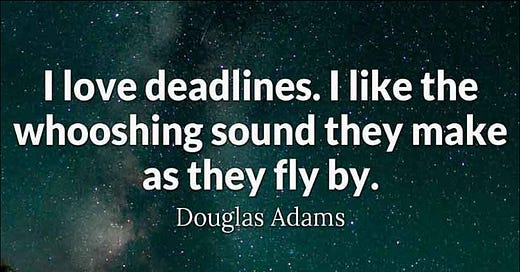



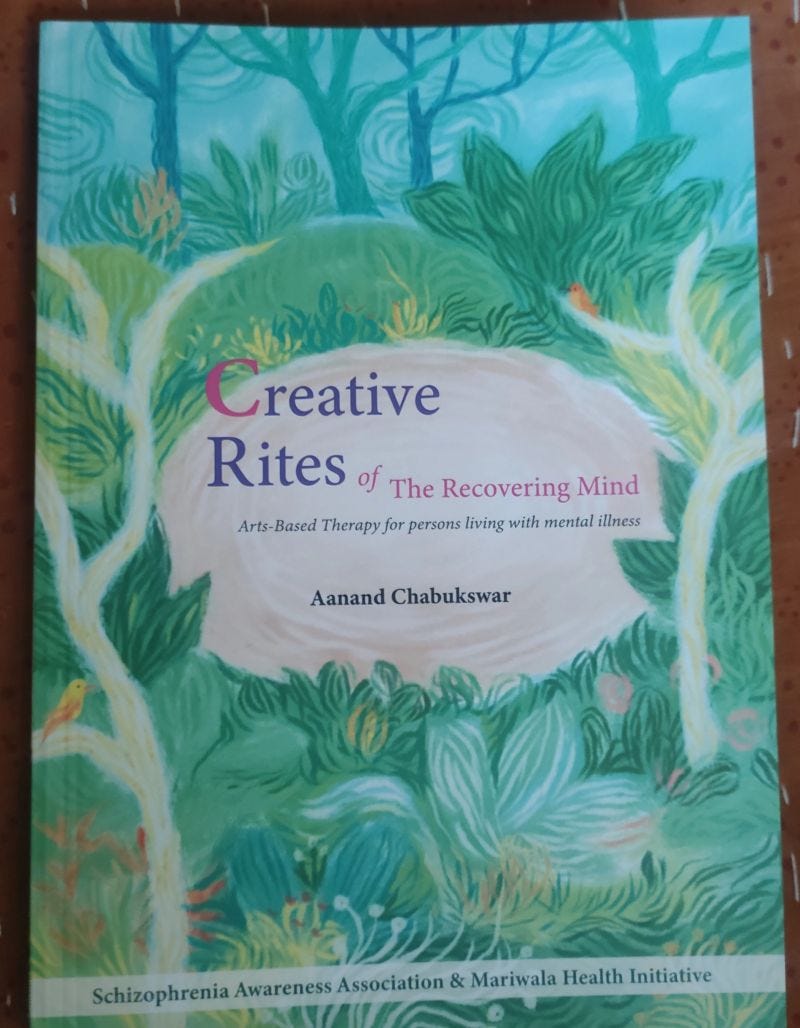
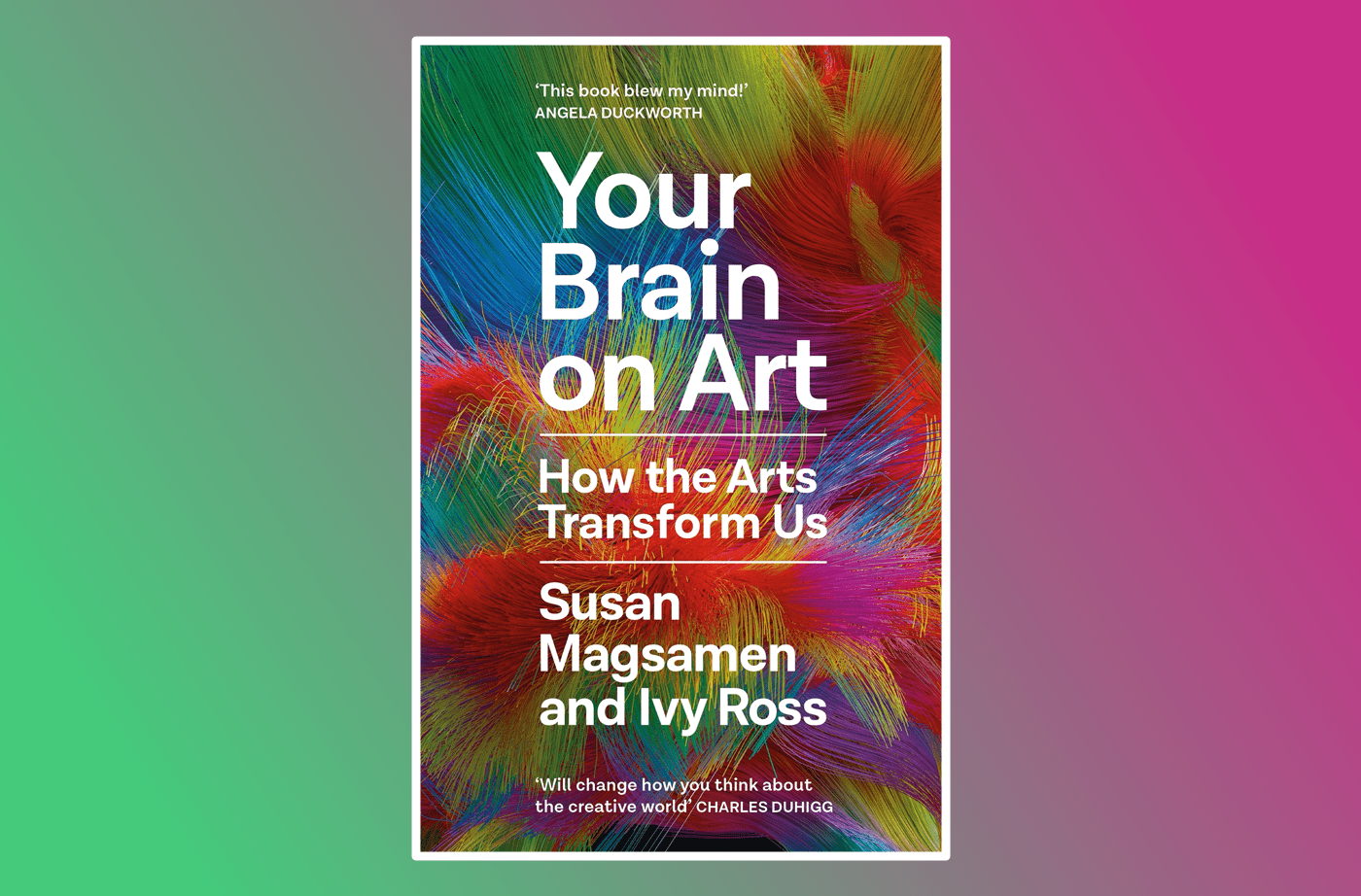
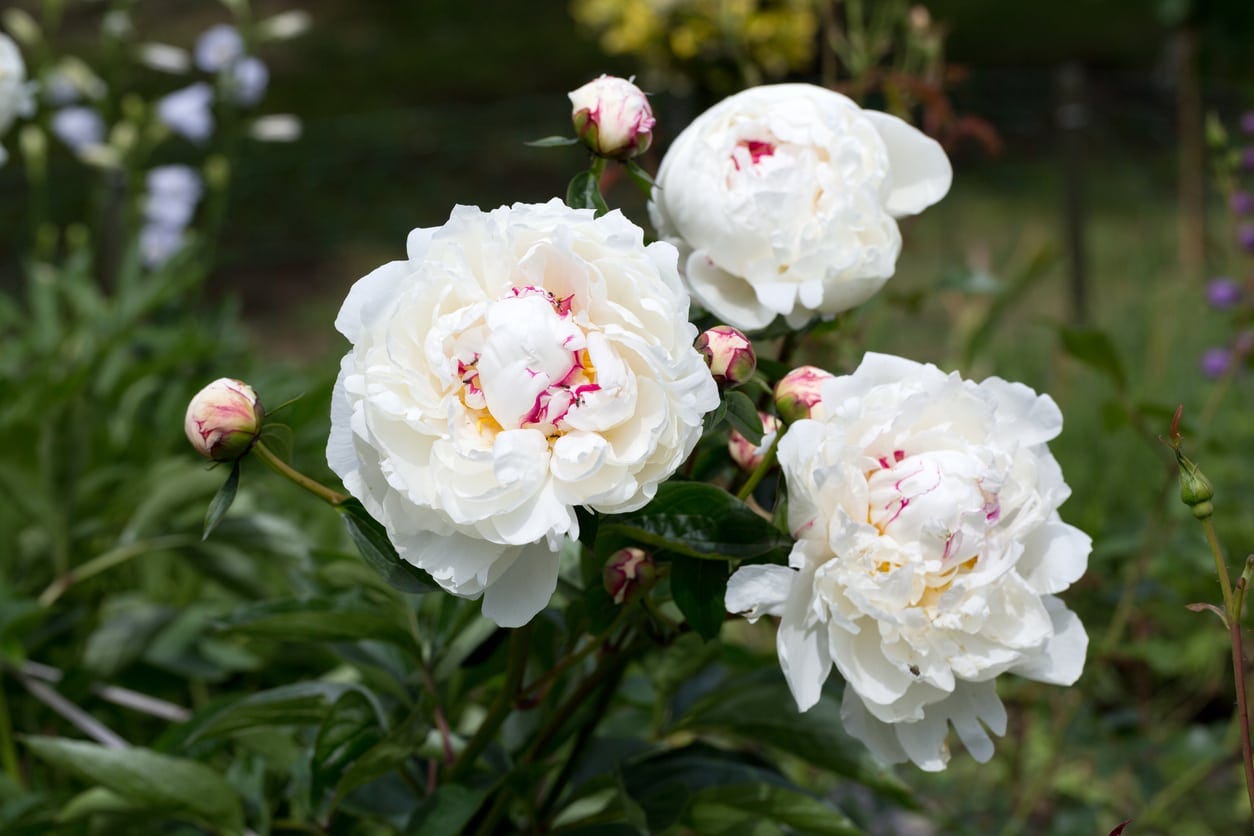
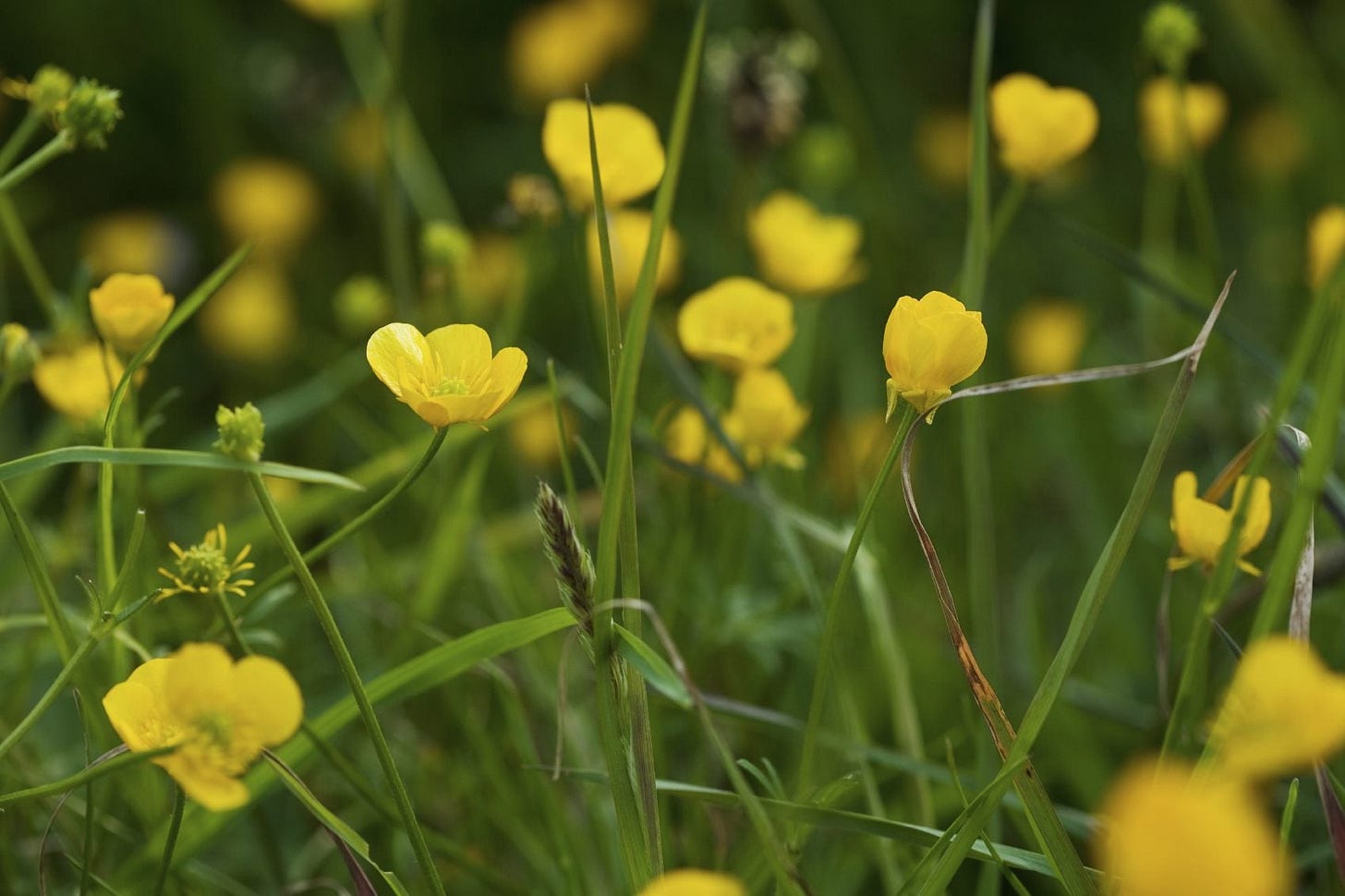
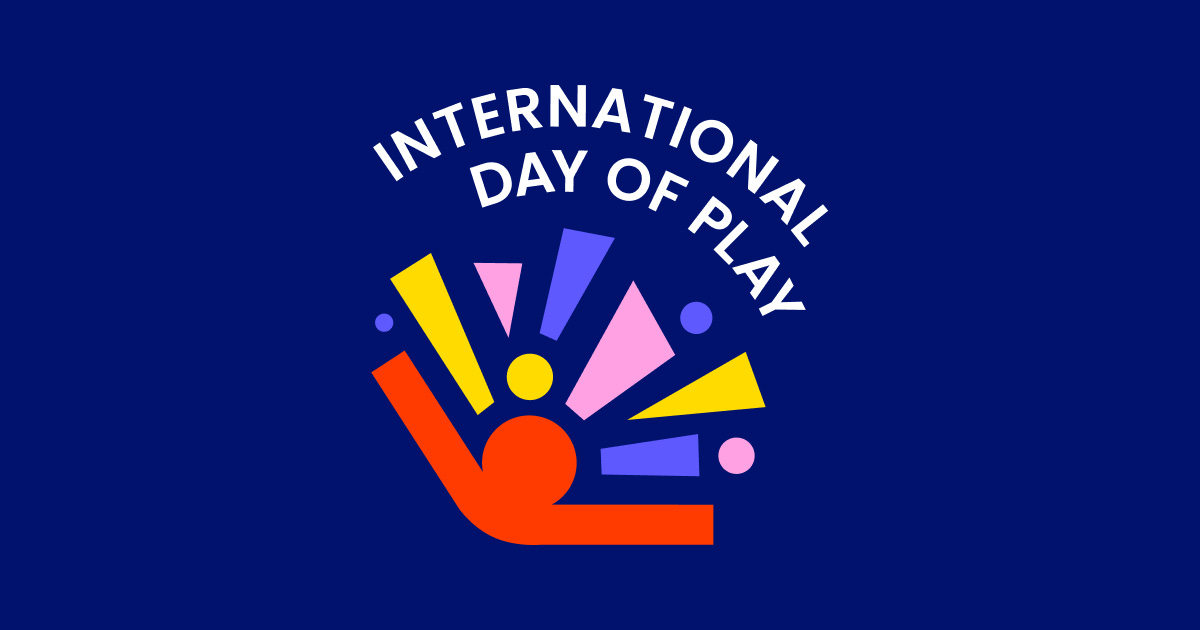
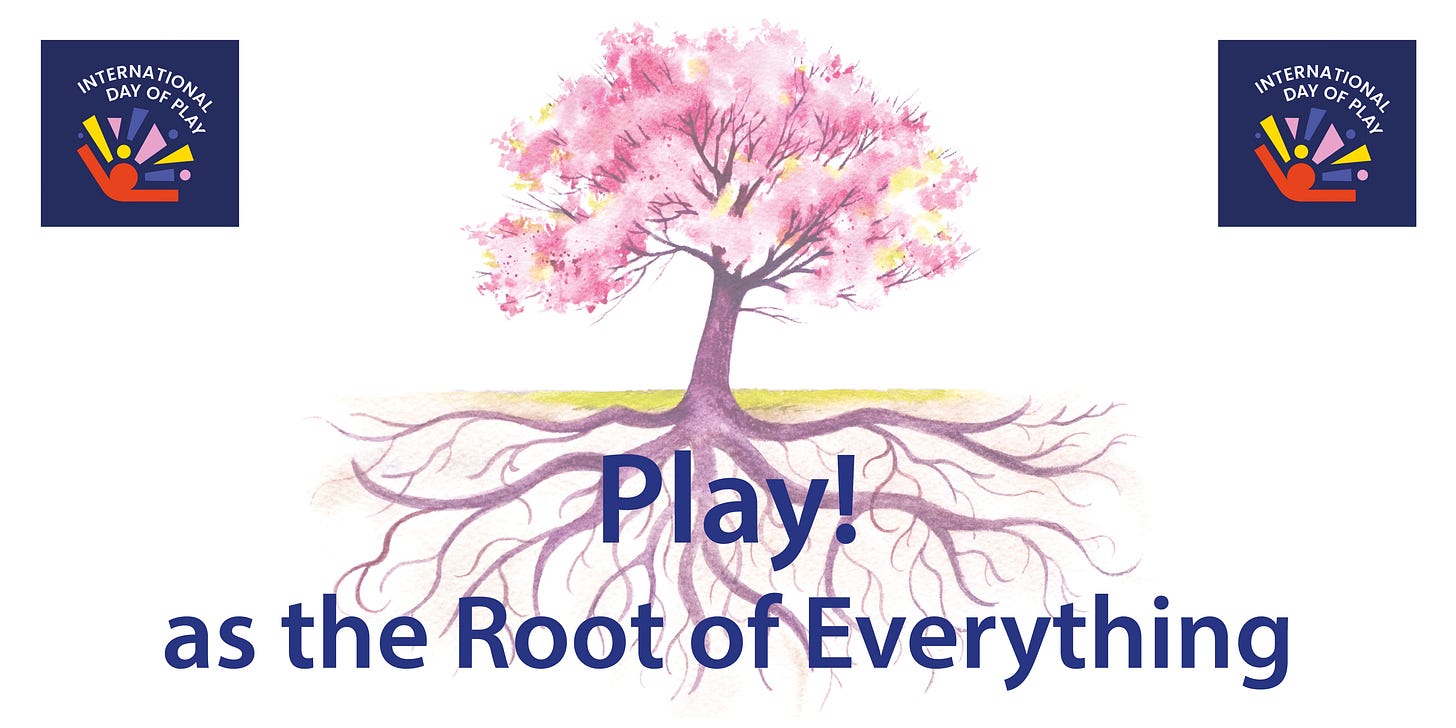
Thanks for sharing.